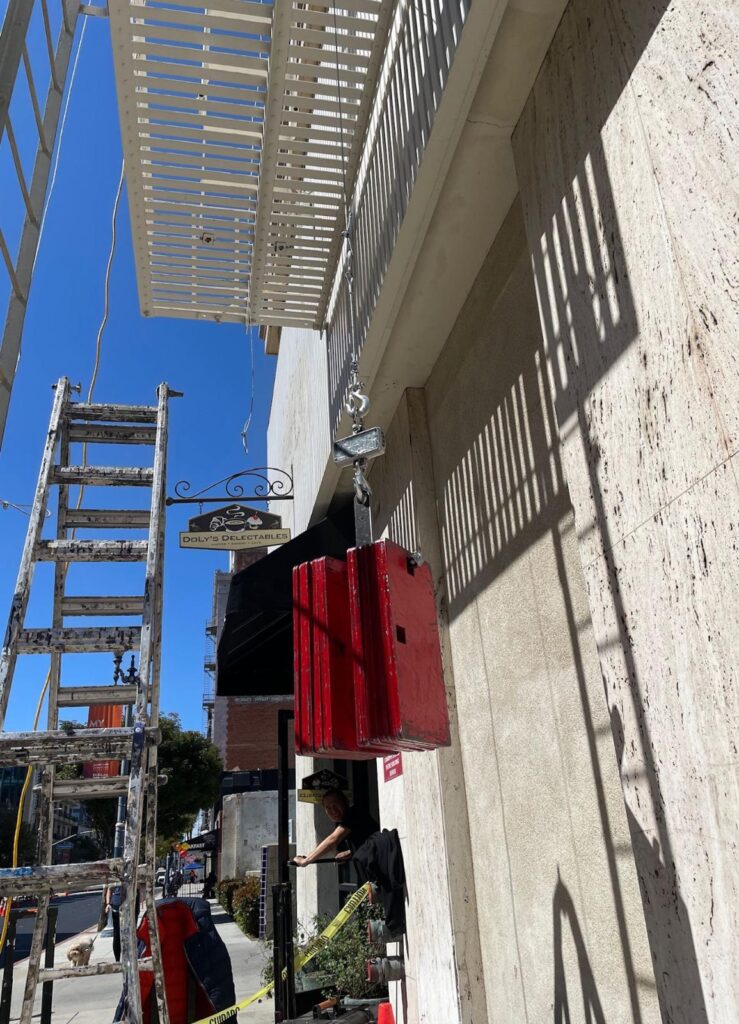A load test on a fire escape can help prevent various safety hazards and ensure the structure’s reliability during emergencies. Here’s what it can prevent:
1. Collapse: Load testing ensures that the fire escape can support the weight it’s designed for, preventing it from collapsing during evacuation.
2. Injuries: By verifying the structural integrity, load tests can prevent injuries caused by a fire escape failing under load, such as falling debris or people.
3. Evacuation Delays: If a fire escape fails during an evacuation due to inadequate load capacity, it can lead to delays or blockages, hindering people’s ability to escape safely.
4. Legal Liabilities: Ensuring the fire escape is up to code and can withstand the intended loads helps prevent legal liabilities for property owners in case of accidents.
5. Property Damage: A failed fire escape can cause damage to the building or surrounding property, which can be prevented through load testing.
6. Loss of Life: Ultimately, load testing helps prevent loss of life by ensuring the fire escape can bear the necessary weight for safe evacuation during emergencies.


